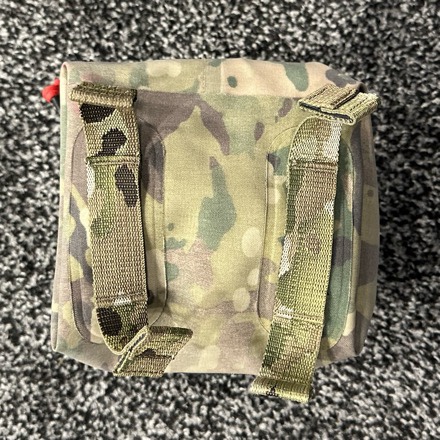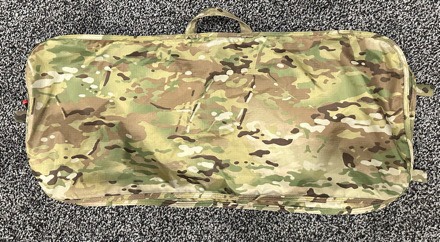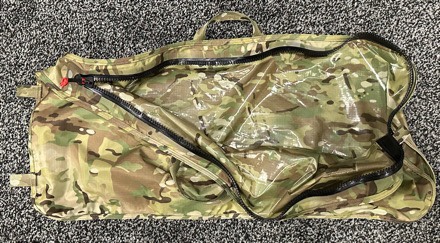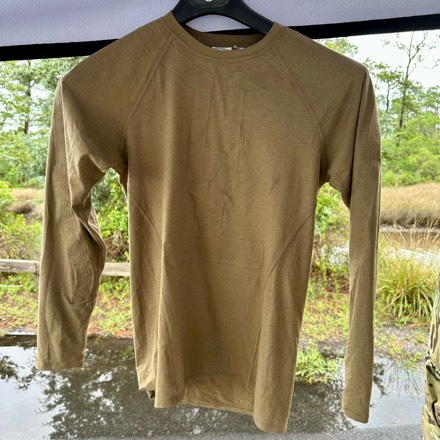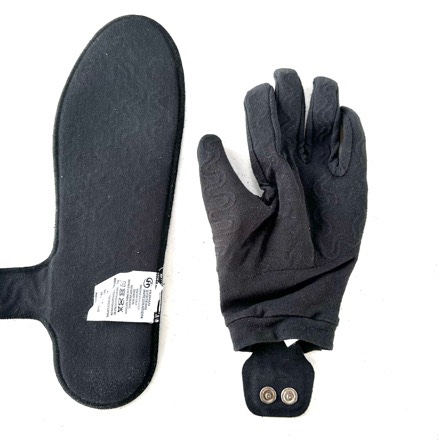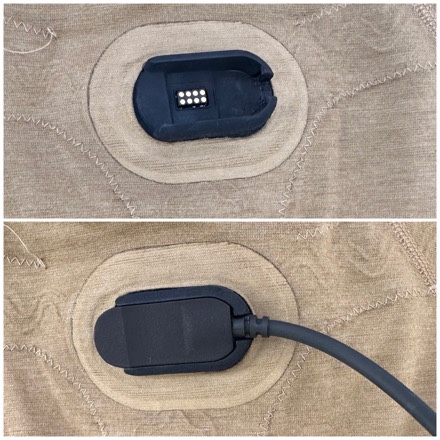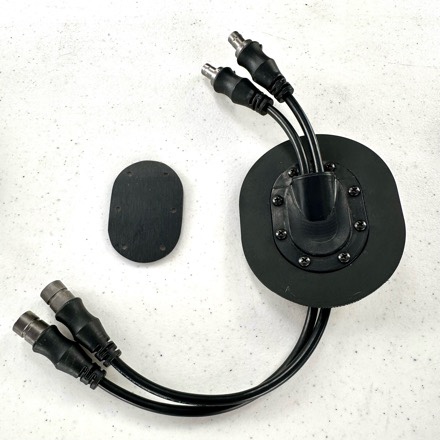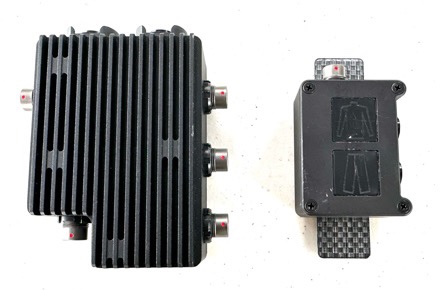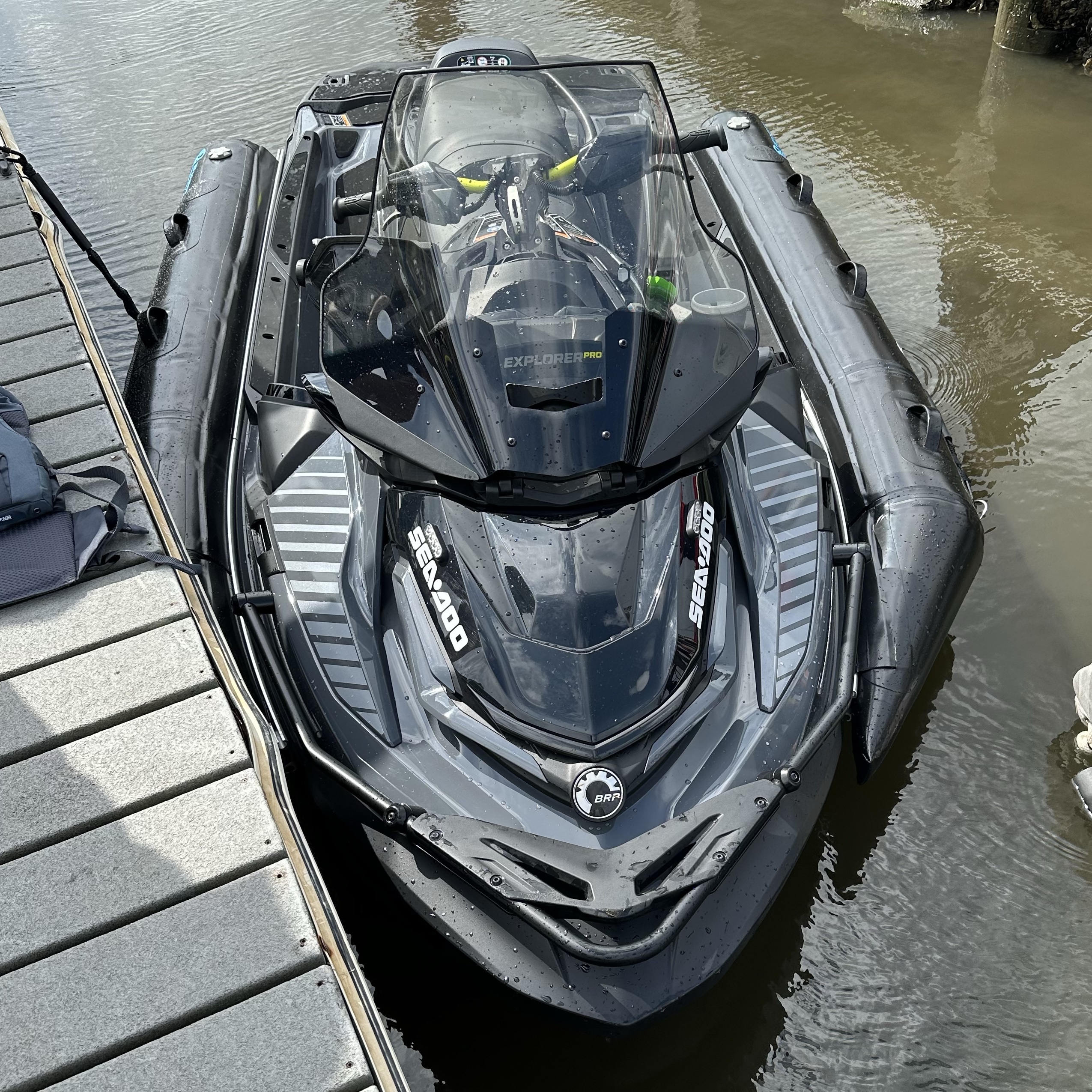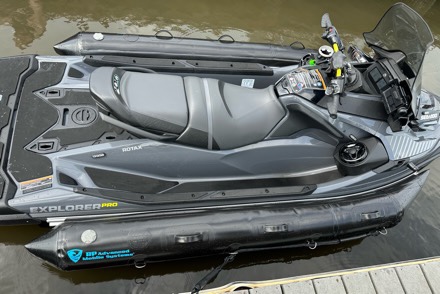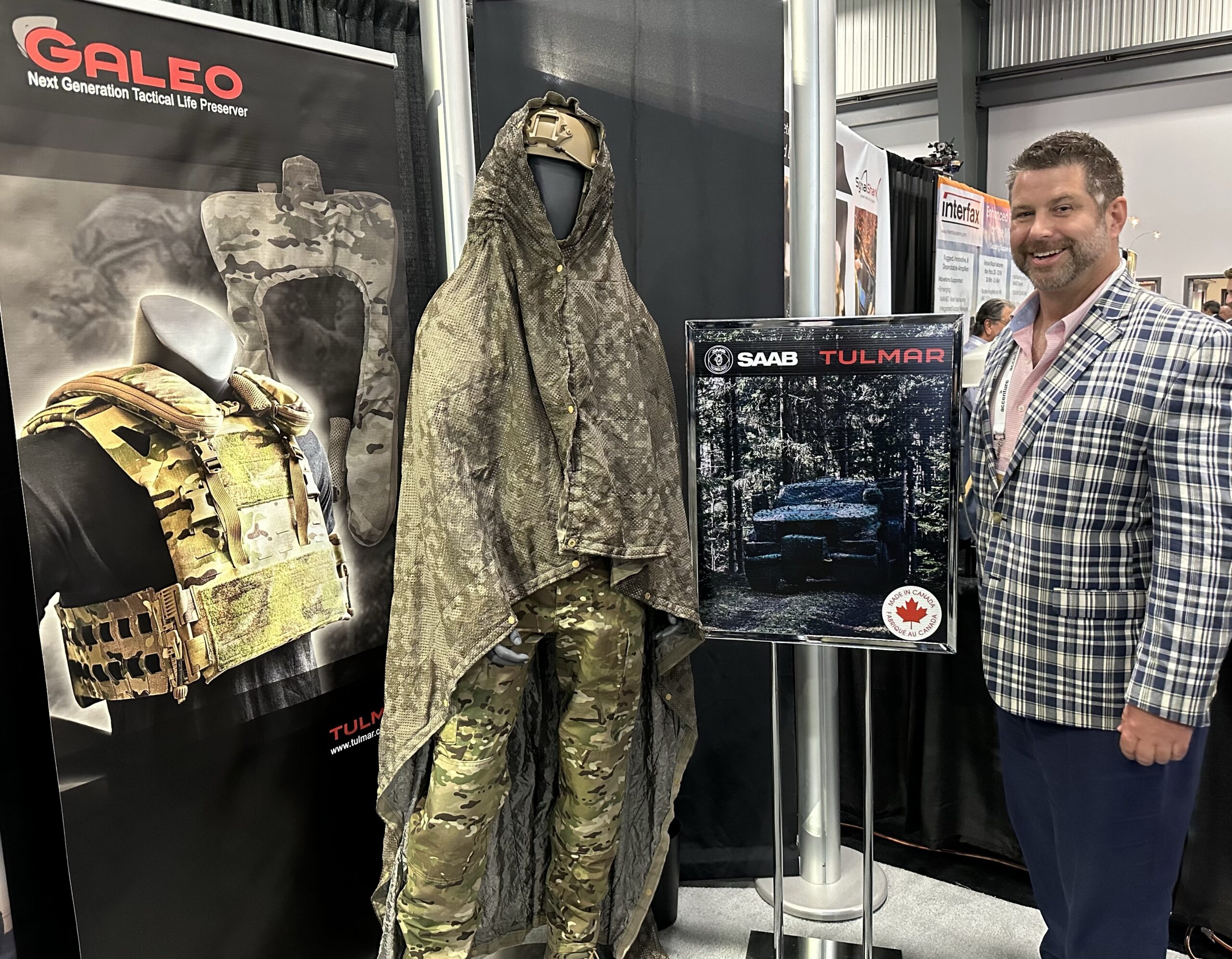For when you need more than one tactical fin option!
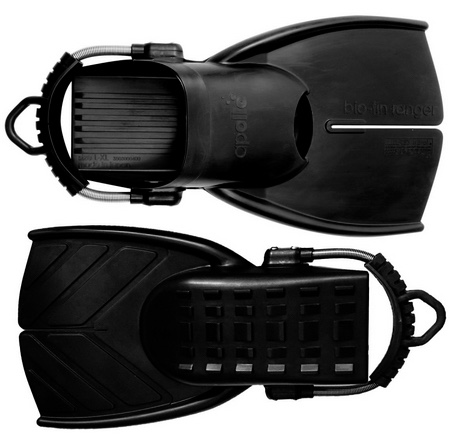
The Apollo Ranger Bio-Fin was engineered for a particular mission set. Designed to provide a tough, light & compact fin offering performance without compromise. It provides nearly all the benefits and 80% of the thrust of a full-sized Stealth Bio-Fin but without the length. It is now also available with stealth black stainless-steel spring.
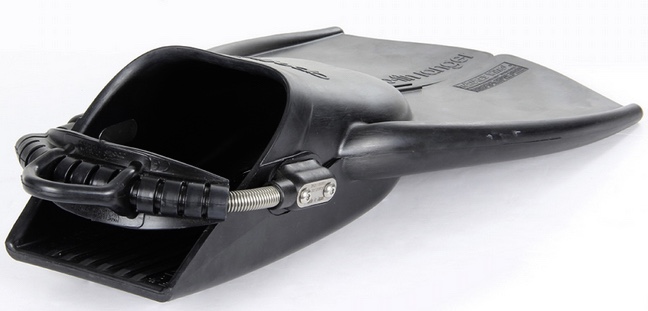
Ideally suiting dives where a long fin is either undesirable or simply gets in the way of operations. Inclusive tactical divers wearing Patriot3 Jet Boots, DDV pilots, parachutists conducting water jumps, helicopter or ship SAR swimmers or divers, Police dive teams, standby divers and white water rescue teams to name a few.
• Fits both Amphibious boots and standard Military footwear.
• A tough Natural rubber blade provides exceptional manoeuvrability and explosive thrust.
• Propeller-fin technology – proven to reduce fatigue and maximise endurance.
• Secure stainless steel spring strap eliminate strap, lug or buckle breakage and are quick & easy to don and remove.
• Soft comfortable foot pocket with anti-slip high traction sole (easy to walk in).
• Negatively buoyant, if the operator is required to discard the fin it will sink to the bottom; so as not to alert others of the operator’s presence.
• The rubber’s flexibility still gives a powerful thrust, while reducing the risk of surface splashing. The comfortable foot pocket accommodates most military and amphibious footwear, for example jungle boots.
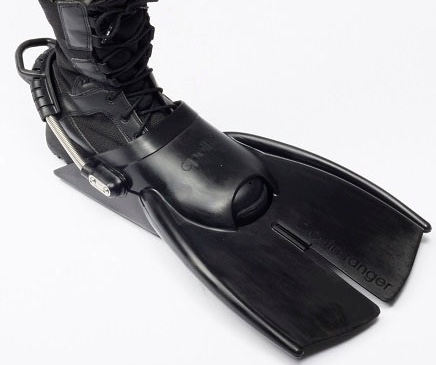
Uncompromisingly made of the best natural rubber and fittings in Japan.
Stealth Black military only version is NSN’d for all size ranges.
NSN # and Size options are available from www.apollomilitary.com/products/bio-fin-ranger-stealth-black-spring-strap
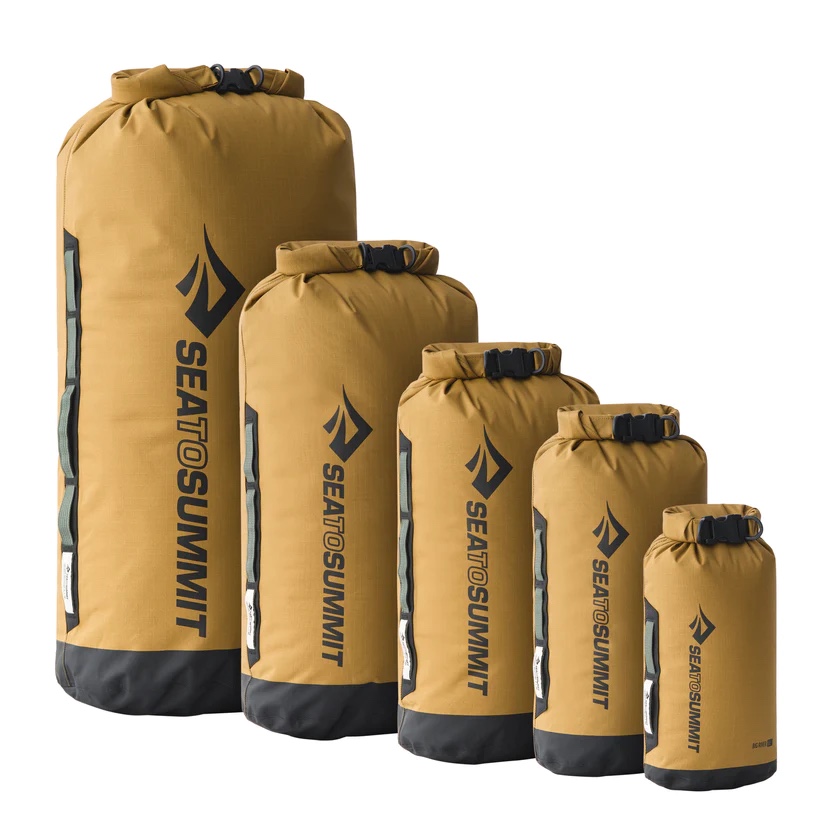


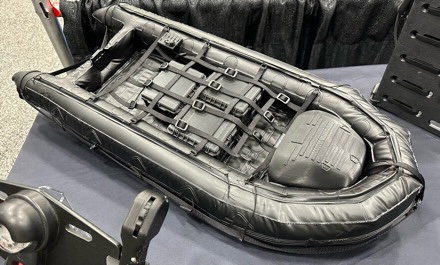
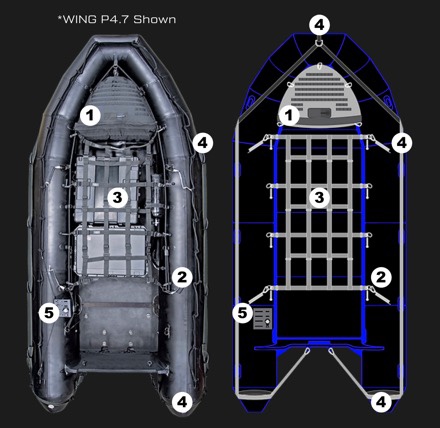
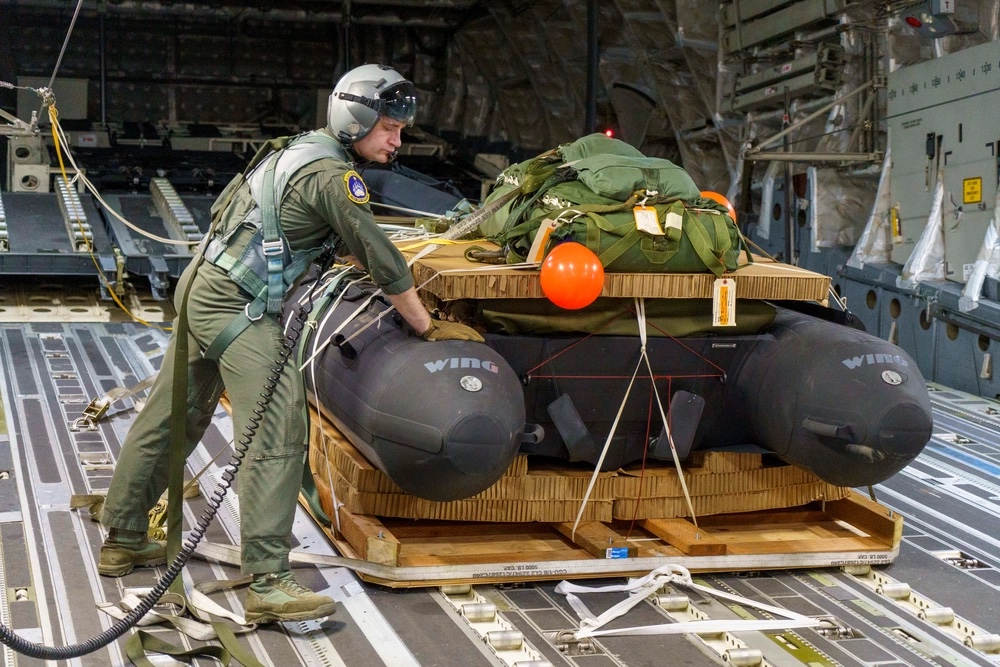
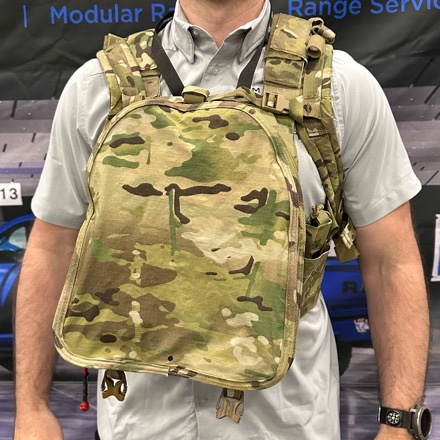
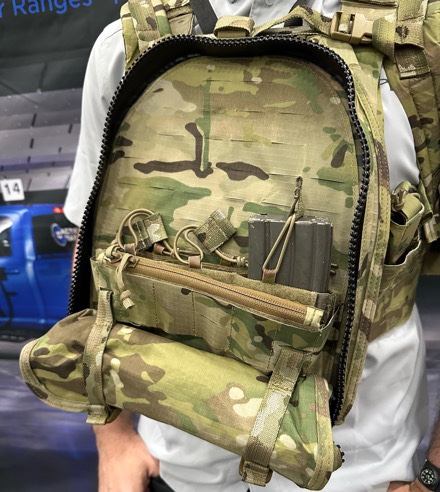
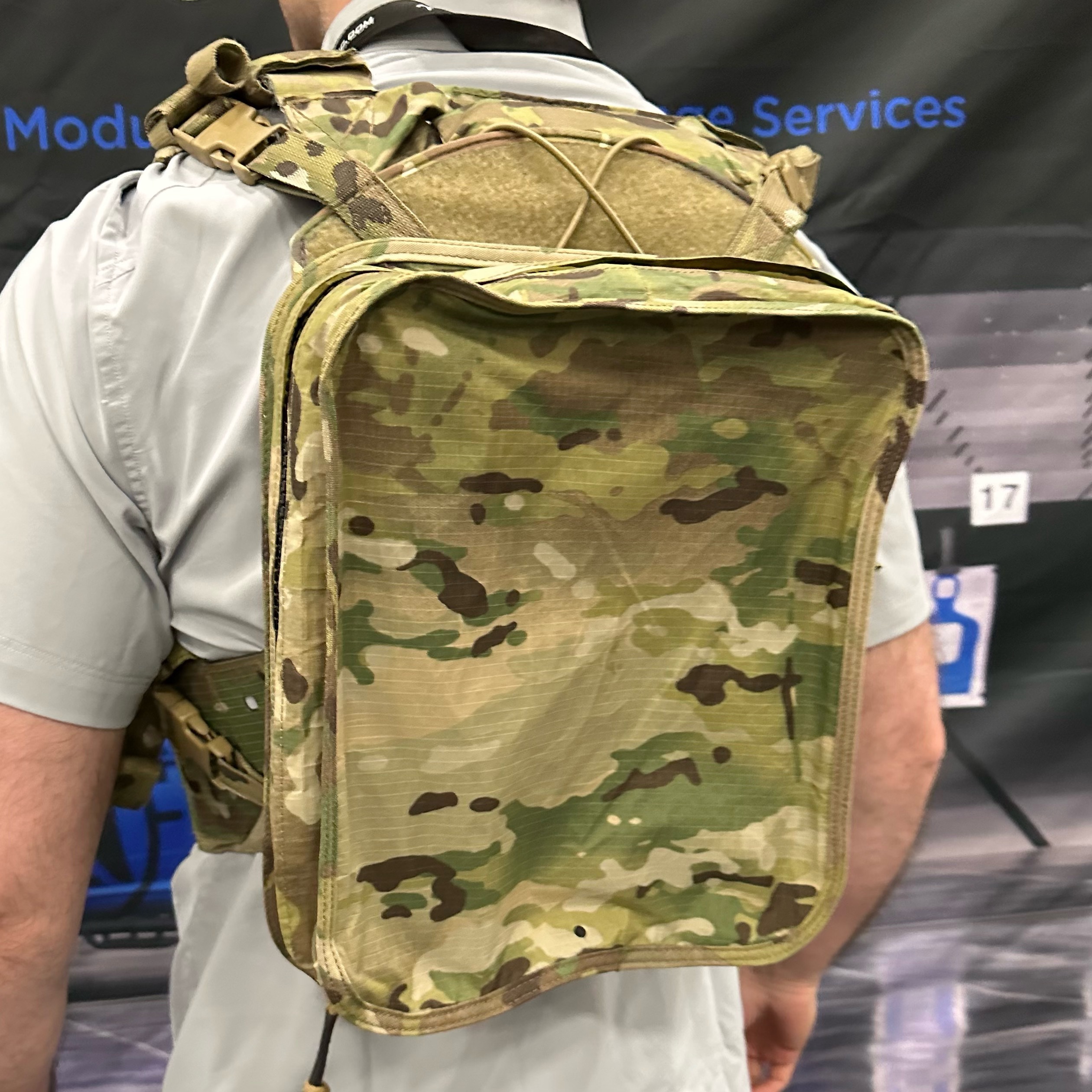
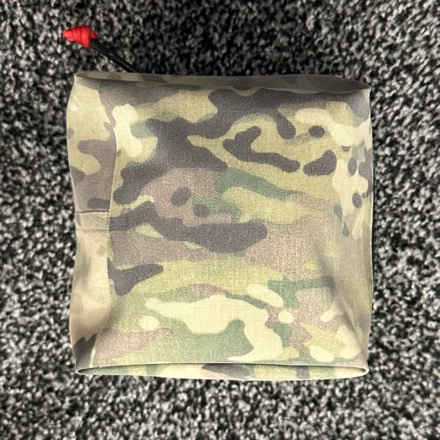 The Side Pouch is a 6″x6″ lightweight waterproof GP pouch intended to attach via PALS to the cummerbund. It incorporates a waterproof zipper and like the entire Raider line, sealed seams.
The Side Pouch is a 6″x6″ lightweight waterproof GP pouch intended to attach via PALS to the cummerbund. It incorporates a waterproof zipper and like the entire Raider line, sealed seams.